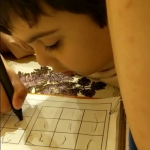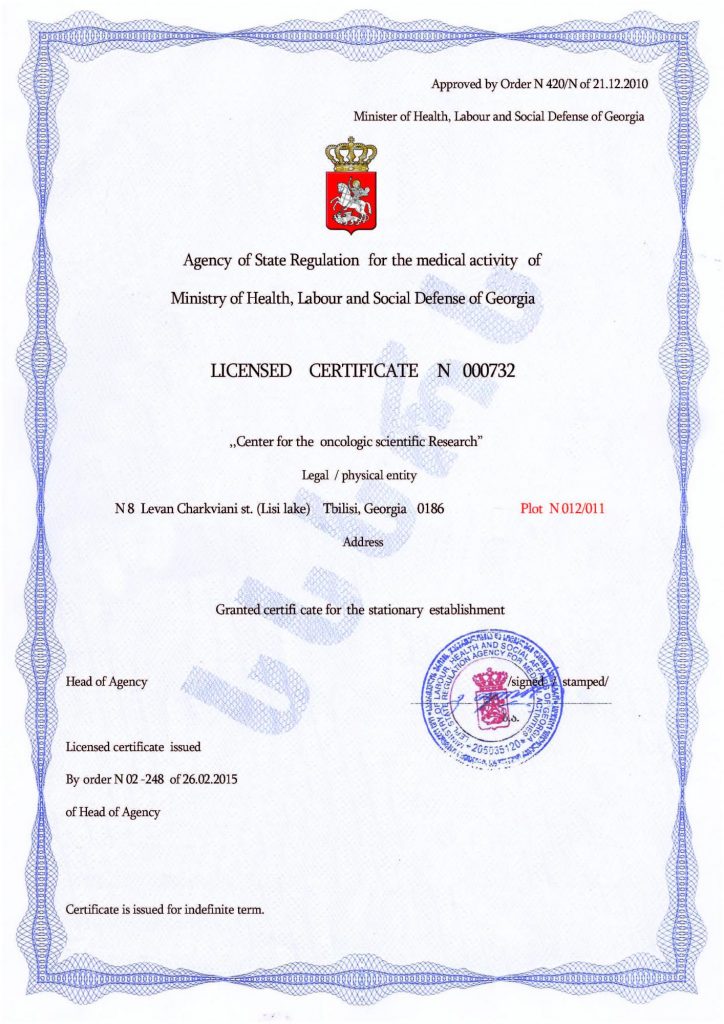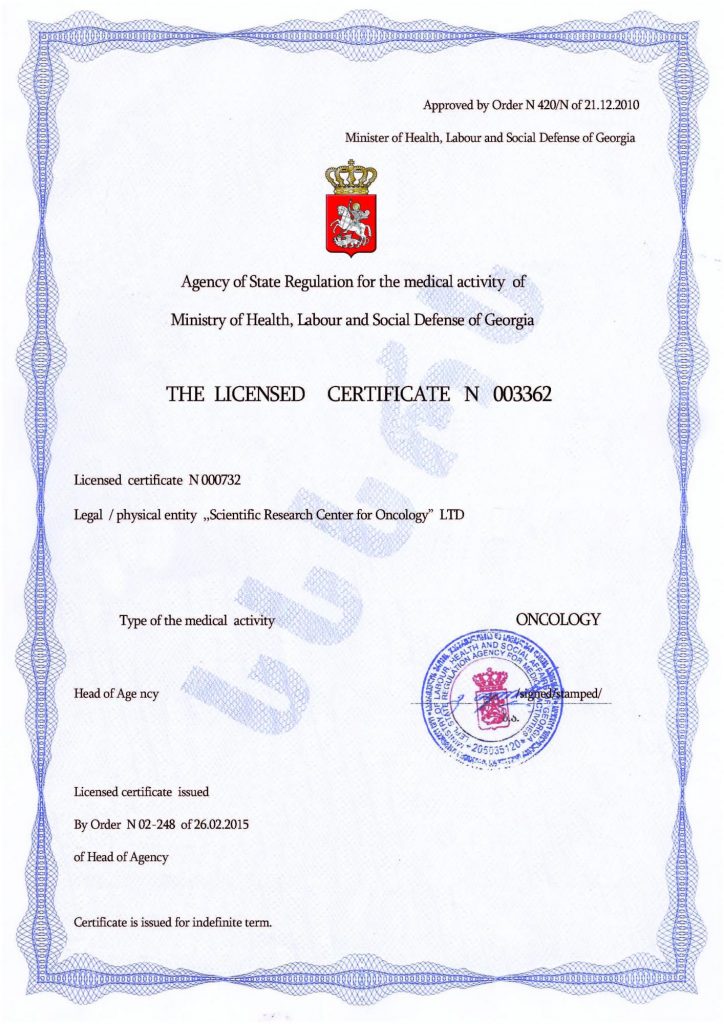From Play to Understanding: Friendship and Interaction for Children with Autism
A common stereotype is that autistic individuals are unable to form strong relationships and friendships due to their selfishness. While it may indeed be challenging for them to initiate and maintain personal contact with others, this does not mean they do not desire communication or need someone they can trust.
From an early age, children learn to form and refine a reliable emotional connection with those around them, helping them develop socially. As a result, they become capable of creating strong relationships and expressing their emotions and feelings towards others. The key is maintaining balance—both social and emotional spheres need to be developed equally, complementing each other.
Children with autism take more time to acquire such skills because, in many cases, they simply do not understand what friendship is, do not perceive emotional expressions, and sometimes behave in ways that make them appear insensitive. Therefore, the development of social skills becomes crucial for autistic children, as these skills help them understand the feelings of others, even when they remain a mystery to them.
Such skills help a child behave appropriately in various situations, from interacting with parents or peers to waiting their turn on the playground. They ease the process of making friends with autism, strengthen relationships with close relatives, allow for comfortable communication, active participation in conversations, and an interest in other activities. Finally, developing social skills in children with special needs improves mental health and overall quality of life, and the formation of these skills begins in the early years.
This is the time to gradually eliminate communication deficiencies using the simplest available method for younger children—play. At this stage, the main signs of communication issues are when a child chooses a single favorite toy or a limited number of toys and does not share them, even with siblings. To correct this behavior, it is essential to develop:
- Play skills through joint use of toys and teaching the importance of taking turns during play;
- Conversational skills by thoroughly discussing a chosen topic and explaining how to use body language and other non-verbal ways to express thoughts and feelings;
- Understanding emotional signals, teaching how to interpret the emotions of others;
- Problem-solving skills, encouraging the child to make choices from multiple options.
The development of play skills is a form of learning social norms. Parents should actively participate in joint play, using the child’s favorite toys and creating stories. This time together helps children learn to wait their turn, accept losing, and control their emotions when they win. Active games, including simple hide-and-seek, foster social connection between parents and children. It is also helpful to encourage the child to follow the rules and praise them when they do the right thing.
Visual prompts, such as picture cards and videos, assist in learning new information and remembering previously acquired knowledge. Many autistic individuals process information better through photographs or videos. These tools can be used to explain how to complete tasks step by step, such as brushing teeth, taking a shower or bath, changing clothes, combing hair, and other activities. Visual reminders help autistic individuals understand what is required of them, how to complete tasks, and what their turn will be. Over time, children no longer need this support.
Underdevelopment of social skills, to varying degrees, depending on the severity of the disorder, is one of the main manifestations of autism. Overcoming this deficiency requires significant effort from the child, parents, and therapists, and takes time, but the results may not always be entirely satisfactory. In this regard, it would be logical to use the most effective method available today to combat autism and its symptoms, which allows for complete elimination or reduction of their impact on everyday life in the safest and most natural way.
Stem Cell Therapy for Autism
Cellular therapy involves stem cell transplantation, which positively affects not only young children but also later in life when the brain is less plastic. These cells can transform into any other type and replace damaged cells with healthy ones, normalizing brain and nervous system function. This, in turn, leads to the improvement of autism correction measures. The beneficial effects of this therapy are long-term, and in many cases, lifelong, enabling individuals to lead full, enriched lives.
This approach has already gained wide recognition and may become the main method for combating autism and its symptoms in the future. It is applied in the best clinics worldwide, including the Mardaleishvili Medical Center, where highly qualified doctors have extensive successful experience with stem cell transplants. They use the latest equipment to achieve the best possible therapeutic outcomes.
It should also be noted that due to government regulation of prices in Georgia, stem cell therapy is more financially accessible than in other countries with advanced healthcare systems. The center’s staff provides comprehensive assistance with planning travel and solving various issues, including accommodation during rehabilitation.
Stem Cell Therapy: A Path to Friendship and Strong Relationships!
Autism Treatment Center Videos
Autism treatment with own stem cells
Cord blood association congress
International Quality Crown
Autism Treatment Reviews
Autism treatment with own stem cells
The story of Alessandro (6 years old)
Autism Patient Testimonial - Stem Cell Treatment
Clients Testimonials

Feedback from Yulia, mother of Emily (7 years old) Read More
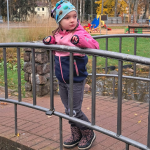
Feedback by Everita, Katrina’s mother (5 years old) Read More
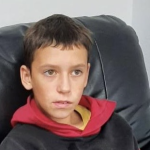
Feedback from Igor, David’s father (12 years old) Read More
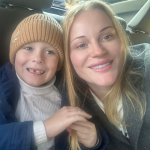
Feedback from Olga, Fedya’s mother Read More

Feedback from Natalia, Radomir’s mother (15 years old) Read More
